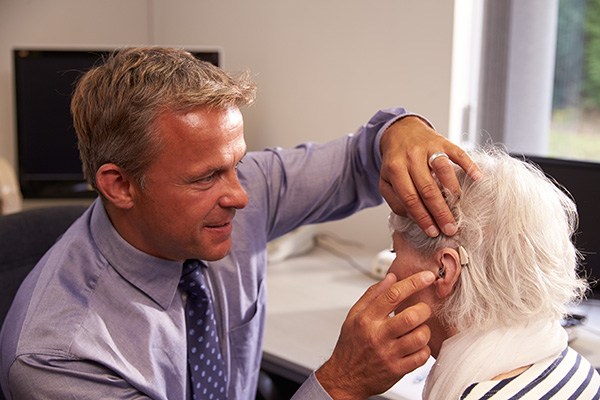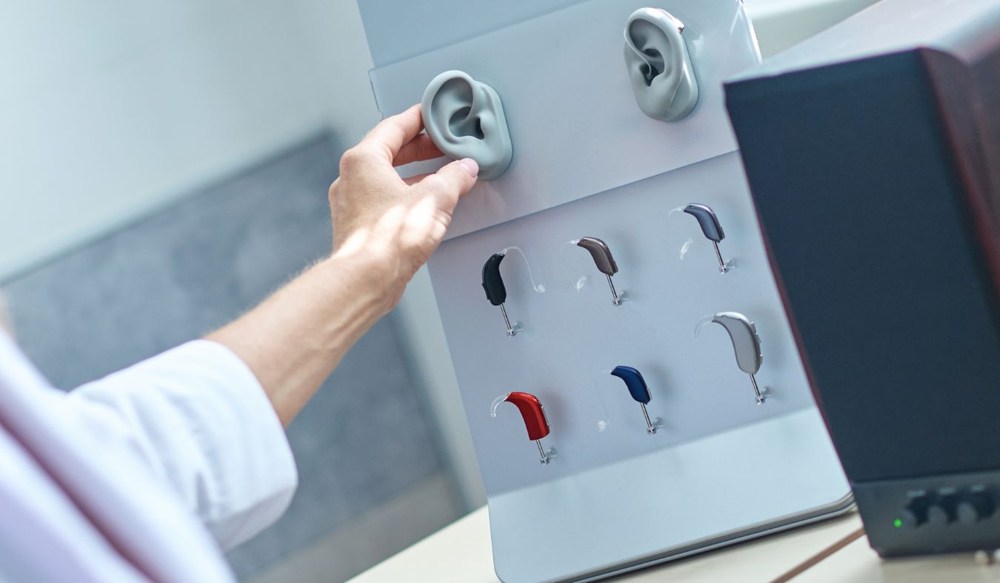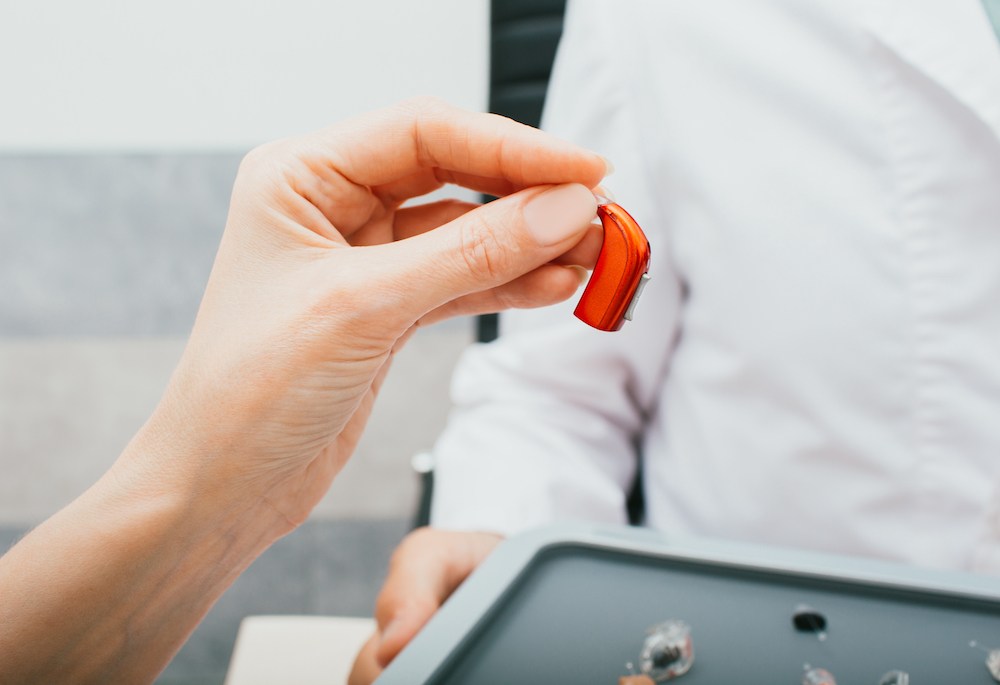Choosing the Right Hearing Aid Style
Finding the right hearing aid style requires careful consideration of your


Finding the right hearing aid style requires careful consideration of your

When hearing begins to change, the process of coming to terms with it

Hearing aids are carefully designed devices intended to address the